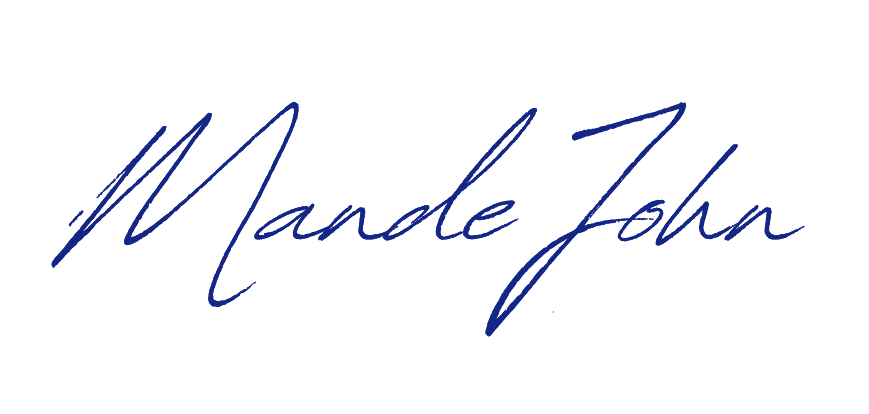Why Doing Less Can Help You Achieve More
As an ADHD professional or entrepreneur, do you often find yourself working harder and longer but still feeling like you’re falling behind? You’re not alone. Research shows that while 94% of professionals work more than 50 hours a week, productivity plateaus after just 49 hours. For ADHD brains, the constant hustle isn’t just exhausting—it’s counterproductive.
The Hidden Cost of High-Intensity Work
Workplace stress doesn’t just take a toll on individuals—it’s a silent productivity killer for businesses too. For ADHD professionals, high-intensity work amplifies overwhelm and reduces focus. According to the American Institute of Stress:
- 83% of US workers suffer from work-related stress (American Institute of Stress).
- Stress costs American businesses $300 billion annually (American Institute of Stress).
- Productivity losses linked to stress account for 57% of all absenteeism (American Institute of Stress).
Dr. Christina Maslach, a pioneer in burnout research, states: “The current model of constant high-intensity work is not just unsustainable—it’s counterproductive.”
The Slow Productivity Revolution
For ADHD professionals, the concept of Slow Productivity offers a way to work with your brain instead of against it. Cal Newport’s “Slow Productivity” methodology, supported by neuroscience research from the MIT Work Performance Lab, is built on three principles:
1. Strategic Reduction (Do Fewer Things)
- ADHD brains thrive when overwhelmed by fewer decisions. Companies focusing on fewer initiatives achieve 40% better outcomes (McKinsey & Company)..
- Quality improves by 67% when workload is reduced to optimal levels (McKinsey & Company).
- Decision-making accuracy increases by 42% when cognitive load is minimized (McKinsey & Company).
2. Natural Pace Working
Dr. Alex Soojung-Kim Pang, author of Rest, found that:
- Optimal cognitive performance occurs in 90-minute cycles (Research on ultradian rhythms). For ADHD brains, these focused bursts align with dopamine regulation.
- Regular breaks boost productivity by 28% (MIT Work Performance Lab). Movement breaks or mindfulness practices can make these even more effective.
- Sustainable pacing reduces errors by 35% (MIT Work Performance Lab).**
3. Quality Obsession
Studies from the Quality and Performance Institute show that:
- High-quality work requires 50% less rework (Quality and Performance Institute).** For ADHD professionals, this minimizes frustration from having to redo tasks.
- Customer satisfaction increases by 72% (Quality and Performance Institute).* with quality-focused approaches.
- Long-term ROI improves by 156% (Quality and Performance Institute). when prioritizing quality over speed.
Implementation Framework
1. The “Great Week” Design
Grounded in chronobiology research:
- Map energy peaks (typically 9-11 AM) to ADHD hyperfocus windows.
- Schedule deep work during high-energy periods.
- Dedicate 20% of time to strategic thinking—a game-changer for entrepreneurs.
2. Sustainable Systems
Insights from Microsoft’s workplace analytics:
- 25-minute meetings are 29% more productive. ADHD brains benefit from shorter, focused discussions.
- Regular breaks increase creative output by 33%. Try using timers like the Pomodoro Technique.
- Avoiding task-switching reduces productivity losses by 40%.
3. Health Integration
The World Economic Forum’s research highlights:
- Exercise breaks increase productivity by 23% (World Economic Forum). A quick walk or yoga session can help regulate ADHD energy fluctuations.
- Mindfulness practices reduce stress by 32% (World Economic Forum). Apps like Headspace can make this easy.
- Work-life balance boosts retention by 87%. For entrepreneurs, this means better team cohesion and lower turnover.
Real-World Impact
Organizations adopting slow productivity principles report:
- 47% reduction in employee burnout (World Economic Forum).
- 34% increase in project completion rates (World Economic Forum).
- 58% improvement in work quality (World Economic Forum).
- 43% better client satisfaction scores (World Economic Forum).
Action Steps for ADHD Professionals and Leaders
- Audit Current Intensity Levels
- Assess workload distribution. ADHD professionals can start by listing every commitment.
- Identify stress points and use color-coding to highlight priorities.
- Measure quality metrics by tracking outcomes instead of hours worked.
- Implement Boundaries
- Create protected time blocks for deep work or hyperfocus.
- Set clear communication protocols to minimize interruptions.
- Define success metrics that prioritize impact over volume.
- Foster a Quality Focus
- Develop quality-first KPIs (Key Performance Indicators).
- Build feedback loops into weekly or monthly reviews.
- Include reflection time to assess what’s working and what isn’t.
ROI of Slow Productivity
Adopting this approach isn’t just good for people—it’s great for business. Financial analyses show:
- 23% reduction in operational costs (McKinsey & Company).
- 45% decrease in error-related expenses (McKinsey & Company).
- 67% improvement in employee retention (World Economic Forum).
- 89% increase in client lifetime value (World Economic Forum).
As an ADHD professional or entrepreneur, how can you incorporate Slow Productivity into your life or business? Share your thoughts or connect with me to explore how deliberate productivity can transform your workflow. Visit Learn to Thrive with ADHD for more insights and coaching.
#ADHDCoaching #SlowProductivity #LeadershipStrategy #BusinessPerformance #WorkplaceCulture #SustainableSuccess #TimeManagement #DeliberateWork



